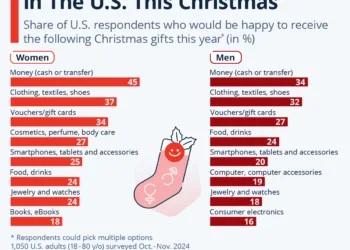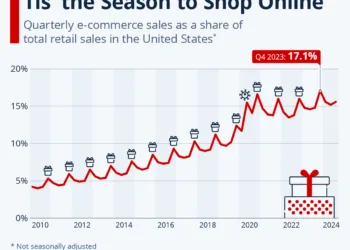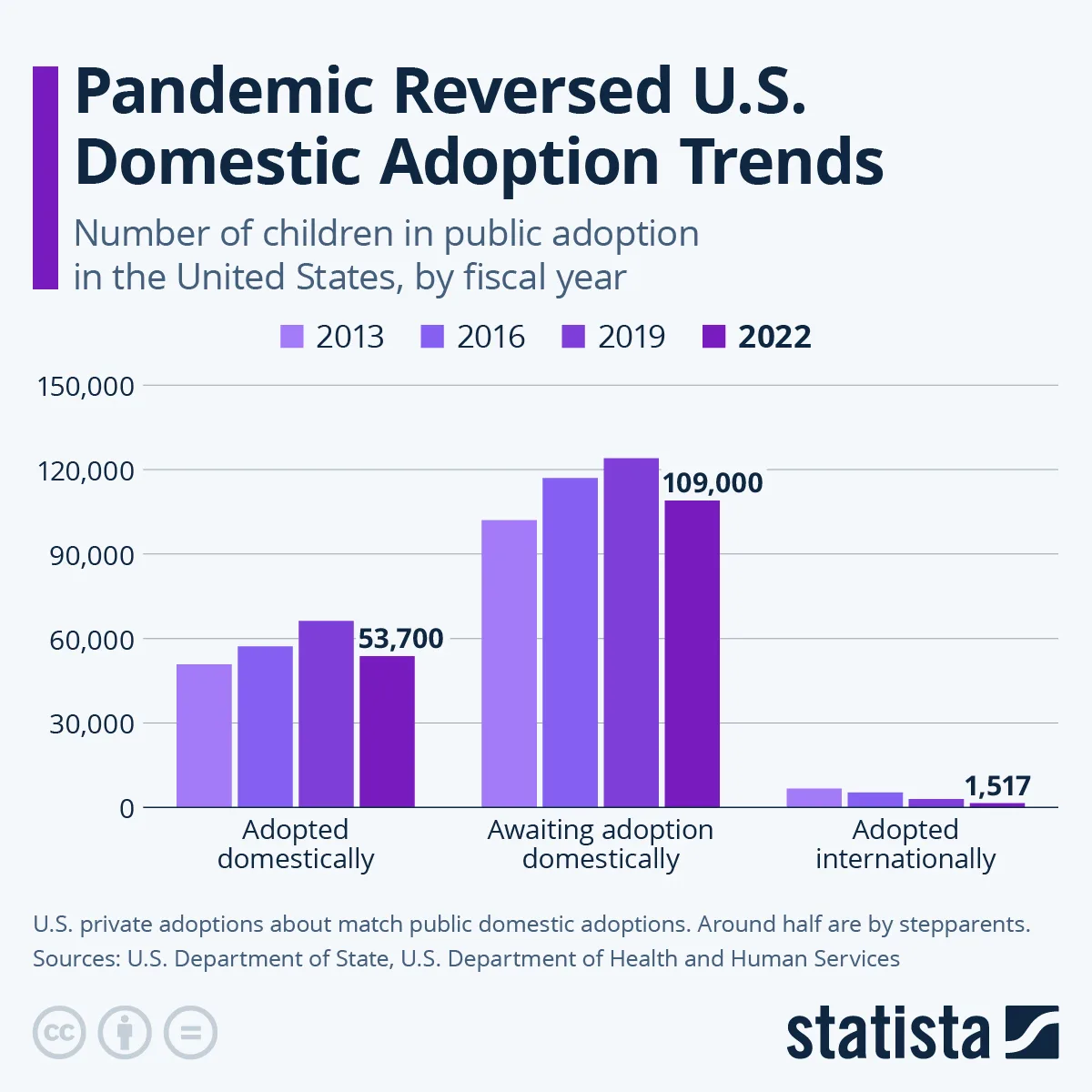Outsiders might be surprised to encounter the blend of religious references—whether genuine or strategic—emerging in U.S. political conversations, a trend that has been evident since the Reagan era, particularly among certain religious figures.
However, understanding the impact of religious identities in American elections isn’t as simple as contrasting devout individuals with secular progressives. Even those on the left side of the spectrum often express their faith, showcasing a more complex relationship with religion.
While Christian right leaders may share a common aim of securing direct access to the Oval Office, the various religious groups within the country are politically fragmented.
With a background in geography, history, and religious studies, I have dedicated the past two decades to exploring the growth of ethnoreligious diversity in Quebec, examining various specific religious communities through Canadian census data and field studies. Since 2016, I have focused on different elections at local, provincial, and national levels in places like Montreal, Quebec, Canada, and the United States, particularly analyzing issues through cultural and geographic lenses.
Understanding Ethnic Dynamics
To grasp the political nuances of faith-based groups, we must recognize that the ethnic or racial backgrounds of these groups reflect distinct socio-political divides shaped by their unique historical narratives, social structures, and cultural sensitivities. Organizations such as the Pew Research Center and the Public Religion Research Institute (PRRI) have conducted surveys that effectively identify and elaborate on these ethnoconfessional subsets.
Major Protestant Divisions
According to the PRRI census conducted in 2022, 41 percent of the American populace identifies with various Protestant denominations, each exhibiting theological and social differences.
Mainline Protestant churches tend to lean more towards liberal values and social justice, while evangelical churches are generally recognized for their conservative stances, albeit with some notable liberal evangelical congregations.
By intertwining the liberal-conservative dynamic with ethnic considerations, we can categorize the Protestant landscape into three significant ethnoconfessional blocs.
The first two blocs encompass the Euro-descendant factions of mainline and evangelical churches, each representing about a third of the Protestant demographic, amounting to roughly 14 percent of the overall U.S. population.
The third bloc consists of Protestant individuals from diverse backgrounds, including African Americans and Latinos. Over half of this group is comprised of African Americans, translating to about 8 percent of the nation’s population. Importantly, two-thirds of African American Protestants belong to congregations classified as "Black churches" across different denominations, with evangelical Latinos often overlooked in analyses.
Research from Pew published in 2014 indicates that congregants of Black churches align more closely with white evangelicals on theological beliefs but lean liberal on social issues, such as abortion. Unlike their white evangelical and mainline counterparts, Black Protestants generally favor government intervention to support the underprivileged.
Catholic Diversity
Catholics, making up 23 percent of the U.S. population according to the 2022 PRRI census, present a unified religious denomination but exhibit significant ethnic diversity. Over half of American Catholics (55 percent) are of European descent, while 37 percent identify as Latino or Hispanic. While this diversity exists within one church, there remains a divide between conservative and liberal factions.
For the past 25 years, Euro-descendant Catholics have typically leaned Republican, while Latino Catholics predominantly vote Democratic, although their allegiances are evolving, especially among Cubans and Venezuelans leaning Republican.
Other Religious Groups
The religious landscape also includes about 3 percent of adherents from other faiths, such as Mormons and Jehovah’s Witnesses, with Mormons largely leaning Republican, though their support is gradually declining.
Non-Christian groups—such as Jews, Muslims, Buddhists, and Hindus—account for 6 percent of the population, and despite their differences, many within these communities generally support Democratic candidates.
Shifts in the Political Landscape
Contrary to appearances, secularization trends are influencing the U.S. as well. Over the years, numerous Protestant and Catholic churches have witnessed declines in membership despite contributions from Christian immigrants.
According to PRRI, between 2006 and 2022, the percentage of white mainline Protestants fell from 18 percent to 14 percent. Similarly, white Catholics dropped from 16 percent to 13 percent, and white evangelicals, who once represented 23 percent of the religious landscape, have shrunk to 14 percent.
In contrast, those identifying as non-religious have risen from 16 percent to 27 percent, with many of these individuals more inclined to support Democratic causes.
Fluctuating Party Loyalties from Bush to Biden
Data from Pew exit polls show that Protestant support for Republicans held relatively steady from 2000 to 2012, peaking at 59 percent in 2004 before dipping to 54 percent in 2008 with Obama’s election. Since 2004, around three-quarters of white evangelicals have supported Republican candidates, while white mainline Protestants have shown stable Republican preference at about 53-55 percent. Black Protestants have strongly leaned Democratic, but their support can fluctuate significantly.
Throughout the early 2000s, a majority of Catholics tended to favor Democratic candidates, albeit white Catholics increasingly leaned Republican, rising from 52 percent to 59 percent. Latino Catholics overwhelmingly supported Democrats, with their backing peaking at 75 percent in 2012.
In 2016, Donald Trump successfully aligned with the Christian Right to enhance the role of Christianity in government and society, focusing on legislative changes regarding abortion. Despite Hillary Clinton’s popular vote win, Trump gained the support of 56 percent of Protestants and 52 percent of Catholics.
In 2020, 59 percent of Protestants voted for Trump, bolstered by an 84 percent backing from white evangelicals. Joe Biden, a practicing Catholic, garnered support from 49 percent of Catholics and managed to retain 40 percent of Protestant votes, significantly from African Americans.
The critical shift came from voters without religious affiliations, with 71 percent casting their ballots for Biden, a rise of six points from Clinton’s campaign, reflecting a broader and more diverse support base for the Democratic candidate.
Current Political Climate
Currently, religious issues do not dominate presidential campaigns; economic concerns such as living costs, healthcare, and safety are the primary focus. However, the Supreme Court’s reversal of Roe v. Wade in 2022 transformed abortion rights into a pivotal electoral matter. Even as religious conservatives remain aligned with Trump, surveys indicate that many religious Americans, both Christian and non-Christian, support preserving abortion rights—with notable exceptions among white evangelicals and certain other groups.
As the political landscapes of ethnoreligious groups shift, the decline of evangelicalism, increasing secularism, and growing Hispanic populations present hurdles for political strategists. Some Mormons are distancing themselves from Trump, while Biden faces declining support from ethnic communities, with some Hispanics even considering alternatives like Robert F. Kennedy Jr.
Although white evangelicals continue to support Republican candidates, their dominance is being challenged by African-American Protestant voters and diverse non-Christian groups leaning Democratic. Furthermore, although white mainline Protestants and Catholics maintain Republican support, internal political divides are becoming more pronounced.
With Biden’s anticipated transition to Harris and a potential reshuffling of political allegiances, recent surveys suggest stagnation in the political leanings of various ethnoreligious groups since the spring. While Harris may have regained support among Black Protestants and Hispanic Catholics, the gap between pro-Trump and pro-Biden sentiments among Catholics continues to narrow.
As every vote increasingly matters, even slight changes in support or voter mobilization across different ethnic and religious demographics could dramatically shift the outcomes in crucial states.










